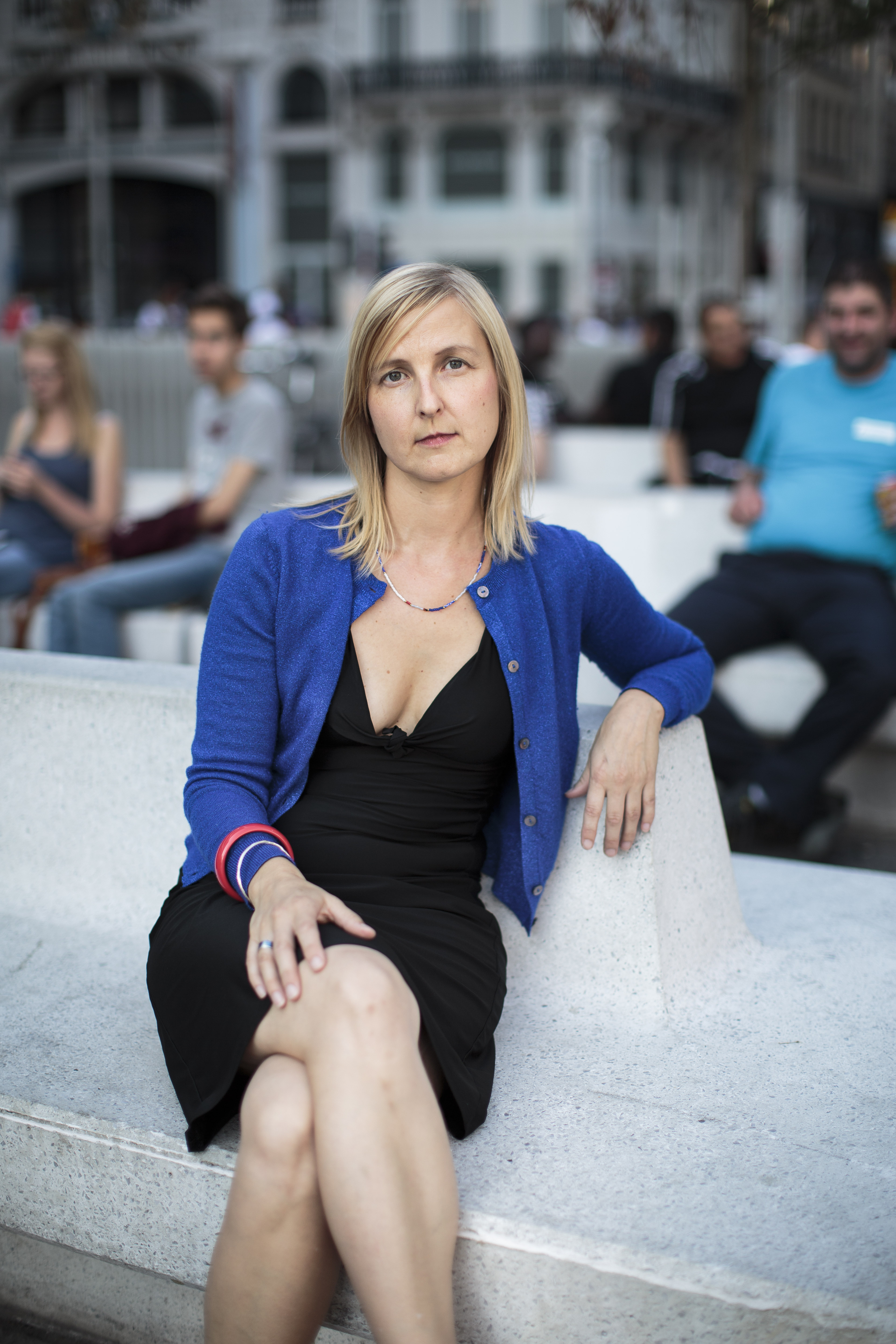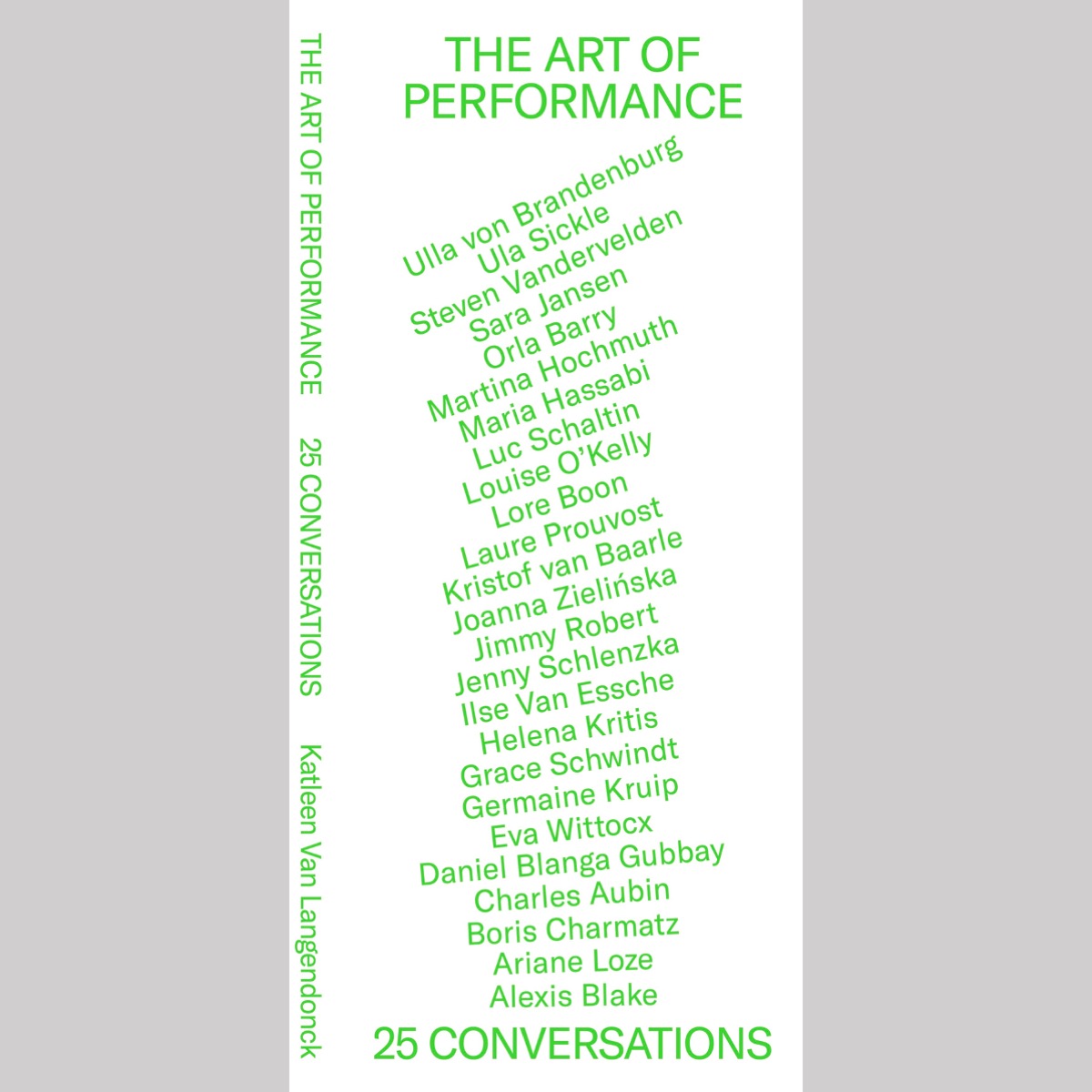The 'Performance Turn' is anchored in the visual art world for several years now. Since the beginning of the twentieth century, performance art has often been a temporary attempt to break open the museum, now bodies seem to take their place alongside objects in museum spaces. Performance artists regularly win golden lions at the Venice Biennale, performance art appears not only during art biennales but also during commercial artfairs, and Moma, Tate Modern and many others have a separate department for the medium Performance Art. The reverse movement also prevails: visual artists use the theatre machinery as a playground for new research, often initiated during festivals by theatre houses that have been thinking interdisciplinary for some time.
There is no consensus on the definition of performance art, but the here-and-now, the ephemeral, the body and the activation of the spectator, are recurring elements.
Rather than looking for the definition, this research wants to see where it rubs off when you play with the codes of the visual and performing arts.
Katleen Van Langendonck starts from her practice-based experience as initiator, coordinator and curator of Performatik, the Brussels biennial of performance art. In six editions, from 2009 to 2019, this Brussels festival has highlighted transfers from one world to another. As it turns out, those who are considered innovative on the one hand, are often labeled amateur on the other. Performance Art seems to have no inherent meaning: appreciation is largely dependent on the framing and that on different levels. Using the interview as a methodology, Van Langendonck examines what this 'interdisciplinarity', or rather 'indisciplinarity' (Mitchell) means in the two 'worlds' and in the different layers of creation.
This practice-based research aims to valorise this knowledge through the interview. A first outcome after conducting and editing the interviews is a performative colloquium. Subsequently, a lexicon of terms is made from the collected material, which can be used as tools for transfers between different artistic disciplines. This is done in the form of a card game.
Image: ‘Work/Travail/Arbeid’, Anne Teresa De Keersmaeker, Performatik 15, Wiels, photo by Bea Borgers






